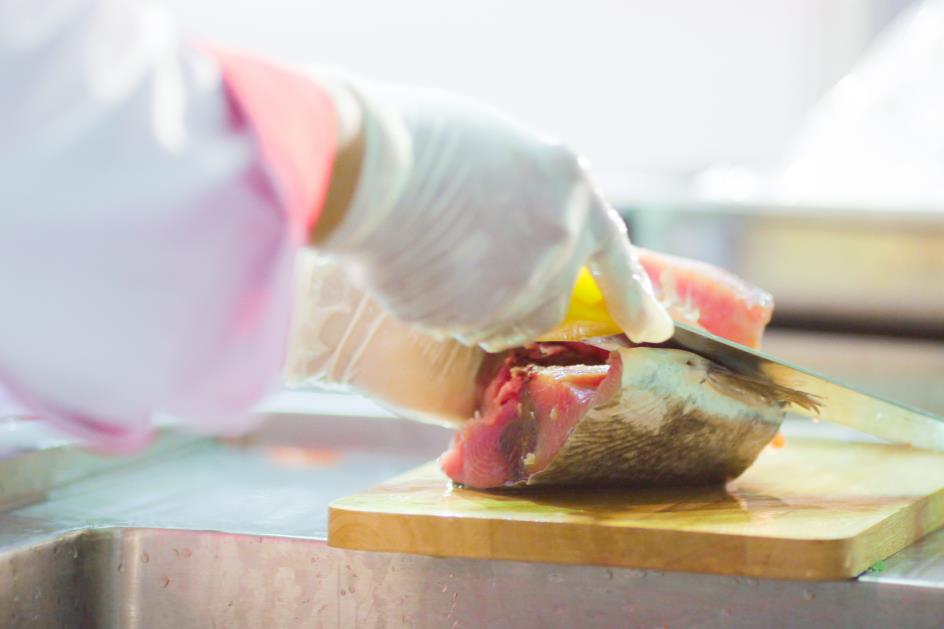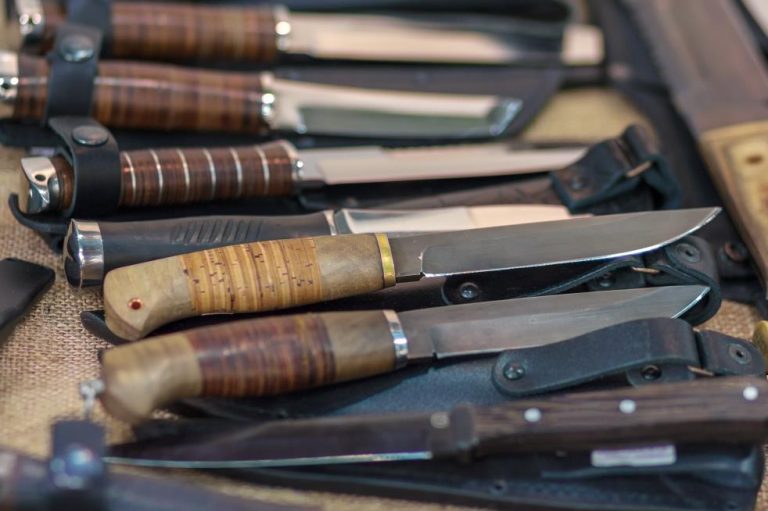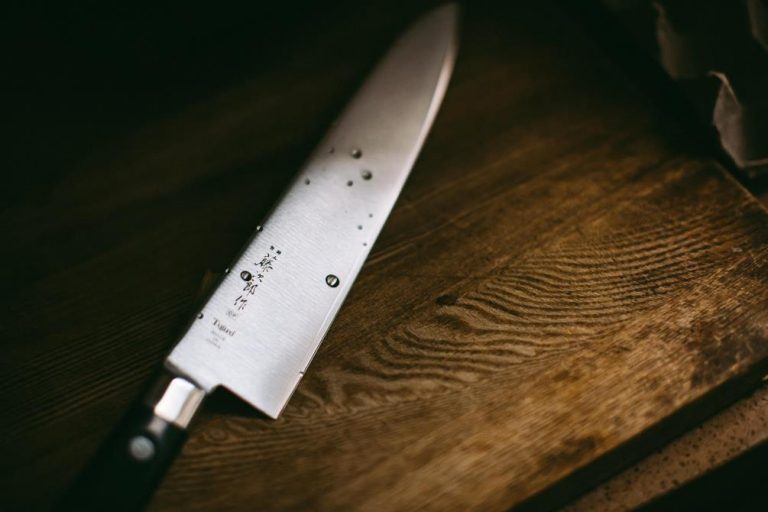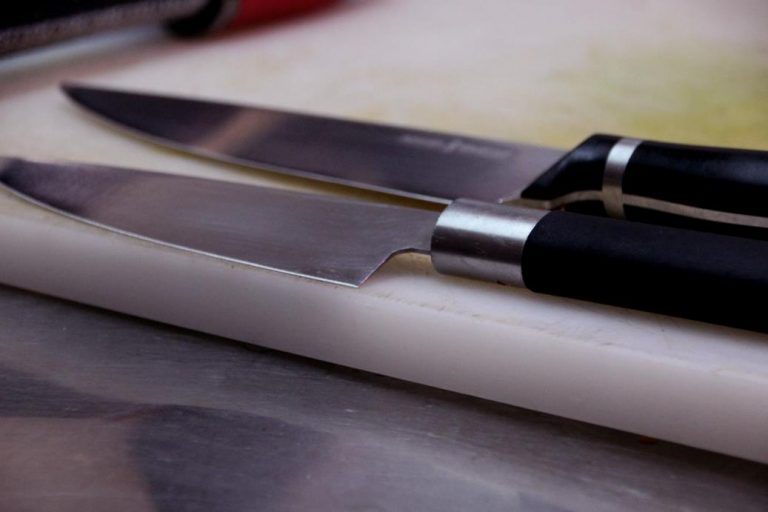Many people are familiar with the usual kitchen knives that are used daily, your Chef’s knife, Utility or Paring knives for example.
It gets a little more complicated when a knife is regarded as a specialty knife because it’s misunderstood or not used as often.
This is sadly the case with the Fillet knife and in this article, we’re going to dispel all the mystique surrounding the Fillet knife and answer some key questions:
- What is a fillet knife?
- What are the key elements of Fillet knife design?
- What jobs is a Fillet knife appropriate for?
- Are Fillet knives and Boning knives the same thing?
- Are Fillet knives worth including in my product range for sale?
- Is the Fillet knife a successful product on today’s market?
We’re going to be answering all those questions and some others too, so let’s learn together what makes a Fillet knife special!
Let’s start at the beginning and define what type of knife we’re discussing exactly.
What is a fillet knife?
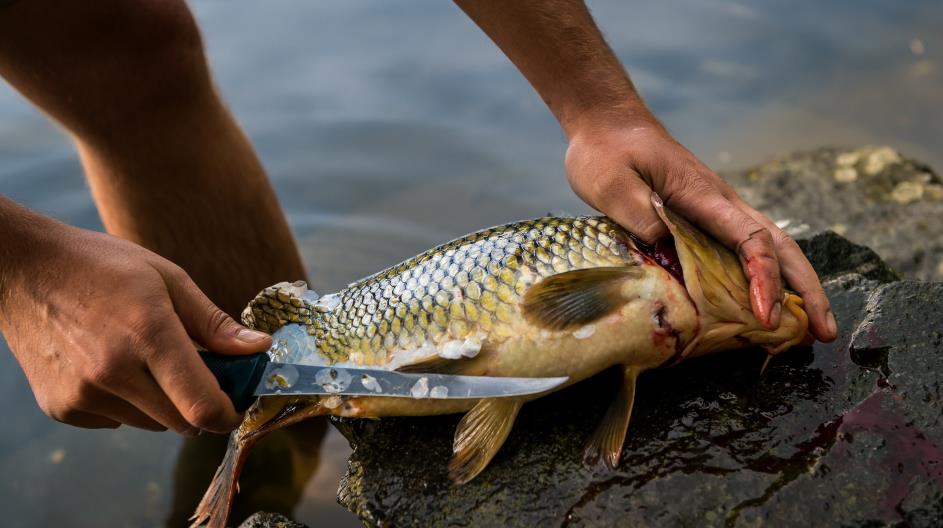
The picture at the top of this is a good visual reference. Essentially a Fillet knife is a kitchen knife that’s used mainly for removing the fillets from fish.
In this article we’re looking at Western style fillet knives and not the Japanese fillet knife known as a Deba, although Deba knives do form part of our comprehensive knife range too!
Western Fillet knives are part of the Boning knives ‘family’ and are characterized by being very flexible (the blade can bend easily) as opposed to being very rigid or stiff bladed.
Let’s go into more detail on this interesting knife!
The key characteristics of a fillet knife
Size
Fillet knives cover quite a size range – anything from 4 to 11 inches! Usually, a Fillet knife blade will be between 4 to 8 inches, as this size covers most needs.
It’s important to remember that the need determines the knife, and that each customer will require something suited to their purposes.
For a home cook, a smaller Fillet knife of 3 to 7 inches will probably do admirably. For a professional filleting fish daily, a larger knife of 9 plus inches will be needed as some fish like whole salmon require very long blades to remove the fillets neatly and in one piece.
Blade profile and characteristics
As the primary usage of a Fillet knife is working with raw fish, the blade is long, and is very thin compared to other knives.
The blade of a Fillet knife has a distinctive curvature to it (upwards from handle to knife tip) and commonly tapers up at the end into a fine point.
This profile makes the Fillet knife an expert at getting between the flesh and skin of a fish without wasting the expensive ingredient. The fine tip is designed for picking out bones and unwanted matter and the length adds control and dexterity whilst skinning and trimming delicate fish flesh.
Buy Wholesale Knives and Start Scaling up with Us Today
Contact us and connect with a sales rep to get a free quote.
Beveling
You can buy single bevel (one sharpening surface) or double bevel (two sharpening surfaces) Fillet knives today but it’s important to remember that a single bevel knife will be trickier to sharpen and if the buyer is a leftie the blade will have to be custom ground to suit them.
Fillet knives are available with serrated blades but usually they’re sold without serrations as these can catch on and tear soft fish, ruining the presentation.
Handle
The handle of a Fillet knife can be in either a familiar Western style or in the Japanese ‘wa’ (octagonally shaped) style, this is personal preference. Fillet knife handles can be made from a range of materials which offer both grip and aesthetic benefits, like resins, bone, or woods.
The key consideration for a Fillet knife handle is its fit for the customer – size, shape, weight, and balance in the hand are all paramount considerations for a happy customer!
What is a fillet knife used for?
Fish
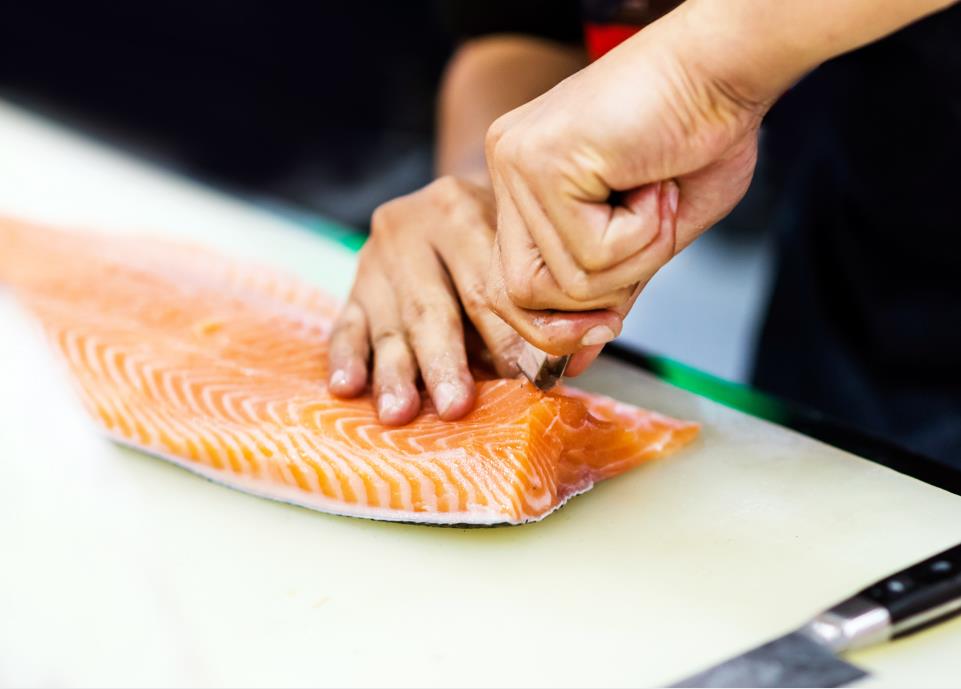
The Fillet knife is first and foremost a fish prepping knife.
It will easily handle the gutting, cleaning, and filleting of a whole fish and the back of the blade or spine can be used as a scaling tool too. The fine point to the blade is great for slitting the belly of the fish open and for isolating and lifting out bones.
Poultry
The Fillet knife can cut through boneless sections of poultry or gamebirds with delicacy and precision.
You wouldn’t want to use a fillet knife to hack through poultry bones or through thick cartilage. But for bone free dishes like slicing chicken into strips or creating a pocket in a chicken breast for a stuffed chicken breast recipe, the Fillet knife can be very useful.
Fruit and veg
The Fillet knife can be used successfully to achieve thin and even slices of soft fruits and vegetables.
Fillet knives are super on citrus fruits especially, with the length and thinness of the blade able to separate segments, skin, and pith with ease.
We don’t advise using the blade of a Fillet knife on hard or unyielding ingredients like winter squash or nuts, as this will bend and possibly break the thin blade.
Boneless and processed meats
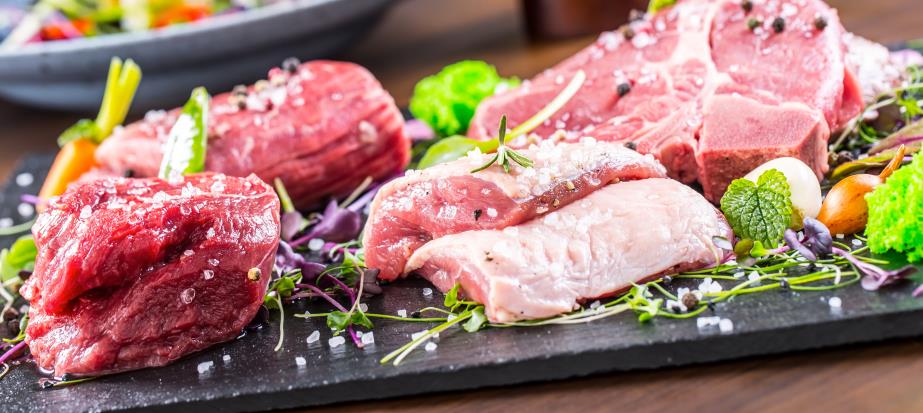
Need to slice processed meats like hotdogs or soft specialty meat products like brawn? A Fillet knife would do this job well.
If the meat concerned is soft, boneless, and not full of tough muscle fiber, a Fillet knife is appropriate to use.
Decorative work and garnishes
A surprising use of the Fillet knife is its skill in creating fine and intricate garnishes or food art for display. This is particularly useful in catering, hospitality, or banqueting services.
As long as the ingredient concerned isn’t too hard, a Fillet knife can be used to form and shape it into something decorative.
The fillet knife and the boning knife compared
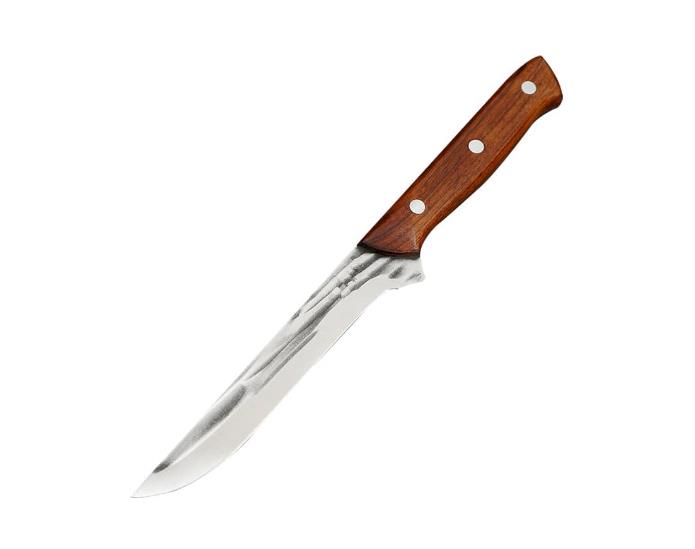
It’s common to get confused between Fillet knives and Boning knives because they do look quite similar and often end up placed side by side in the knife block.
Both knives do essential kitchen work, but they are certainly NOT the same thing at all.
Let’s look at them side by side to see how they stack up!
- Purpose: A Fillet knife is used for processing a whole fish and separating out the fillets. These fillets can then be cut down further or served whole. A Boning knife is used for separating animal meat from the bone. Although both knives have other uses, these are their main purposes and what they were designed to do.
- Build: A Fillet knife is light in construction and very thin bladed. A Boning knife will be a bit heavier, and the blade will be thicker to allow for working on tougher red meat flesh.
- Blade length: The Fillet knife is the longer knife, it can get up to 11 inches. By contrast the Boning knife usually tops out at around 9.5 inches.
- Blade thickness: A Fillet knife will have a thinner blade than a Boning knife. A Boning knife has to be made of slightly thicker steel to deal with tough animal flesh and jobs that may require more force and resistance to pressure from the blade.
- Blade curvature: The Fillet knife has a noticeable curve to the blade, in most instances the last third of the blade is steeply curved in a ‘trailing point’ style. The Boning knife usually has a straight edged blade. If it does have a curve to it this will be slight.
Overall
Both the Fillet and Boning knife are made for very particular tasks and excel when used for these tasks. Although it’s easy to get them confused, it’s important to understand their specific strengths and weaknesses so that the user gets the best out of them in the kitchen. You can check out this detailed comparison for the two knives.
Should I include the fillet knife as part of my product range?
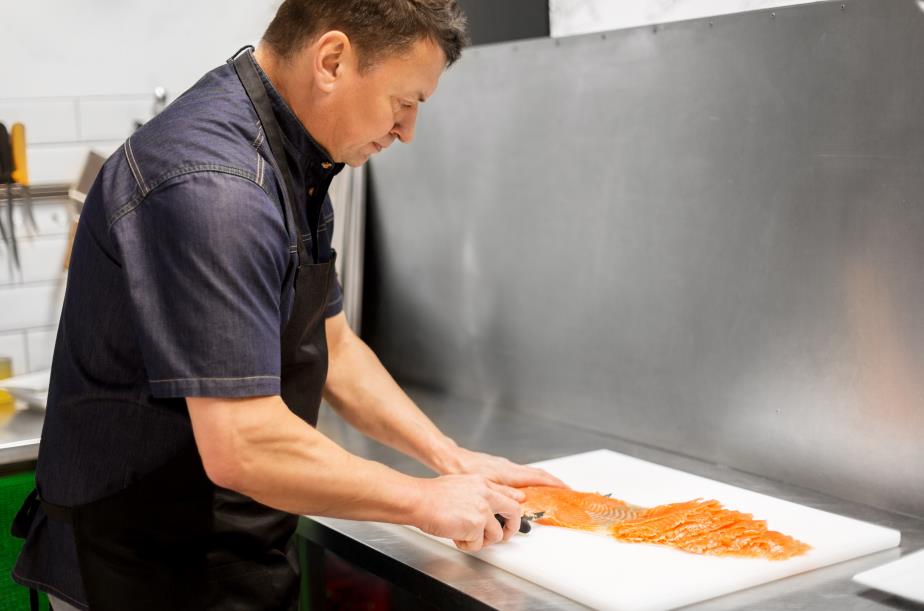
As a knife retailer it’s crucial to be able to offer customers a knife for every need and any proper knife collection would be incomplete without the Fillet knife.
Many restaurants and food prep establishments rely on the Fillet knife daily to process and portion their fish, it’s just an essential tool for any fish industry or fish service business.
As more people today move towards fish and seafood and away from red meat for health reasons, the Fillet knife market just grows and what a shame it would be to lack a knife that can fulfil that need!
The proven sales success of fillet knives
Fillet knives are proven sellers not just for professional kitchens but for the home cook too.
With the right knife and good customer support, even a newbie collector or novice knife user can benefit greatly from owning knives like the Fillet knife and the other knives in the boning ‘family’.
Brands like Victorinox and Zwilling have seen big success in the sale of Fillet knives, Boning knives and other kitchen tools that are both necessary and functional for today’s customers.
Join in this success with superlative knives from LeeKnives and let us advise and assist you in building a knife sales business that’ll excel.
Buy Wholesale Knives and Start Scaling up with Us Today
Contact us and connect with a sales rep to get a free quote.
Other knives you may be interested in
At LeeKnives we strive to offer the very best in competitively priced, stunningly crafted knives that are fit to grace any kitchen. Our range covers knives that suit both the Eastern and Western palate at a wallet pleasing price.
Do consider an Oriental style ‘Dragon’ boning knife that captures Eastern aesthetic combined with superior workmanship and quality.
To take you from boning out raw meat to carving that meaty beauty, we’ve also got a gorgeous carving knife available. It’ll handle not only meat but veggies too for excellent versatility.
In conclusion
We hope that you’ve enjoyed this article about the Fillet knife and learnt some helpful information about its versatility and primary usage in food prep.
Do check out the rest of the LeeKnives product range, and remember, a quick quote is only a click away! We look forward to hearing from you.
